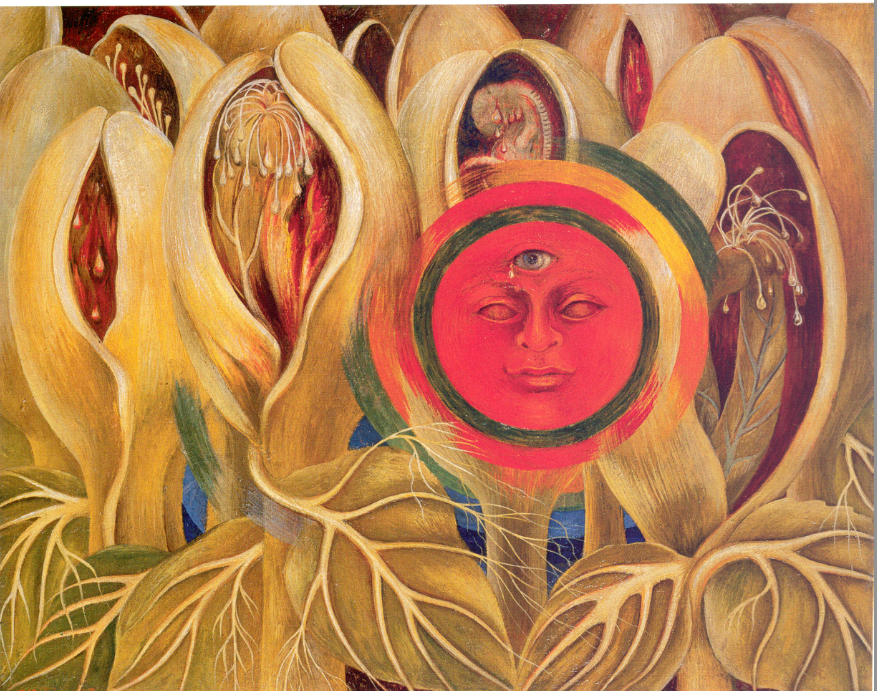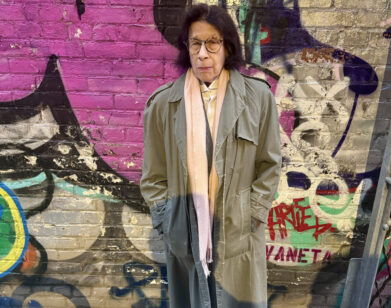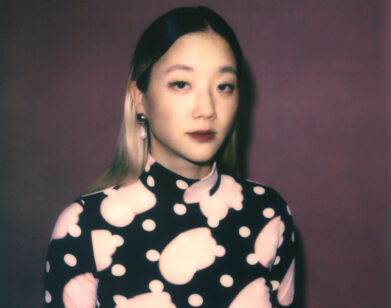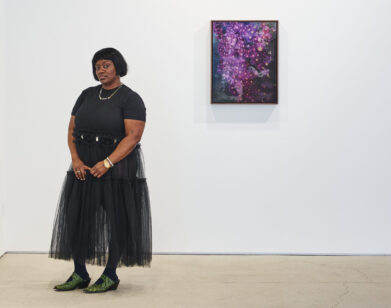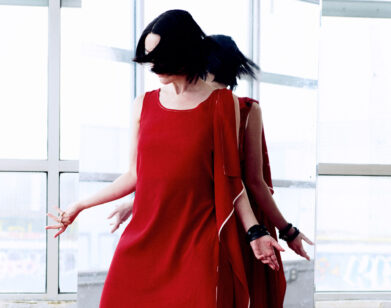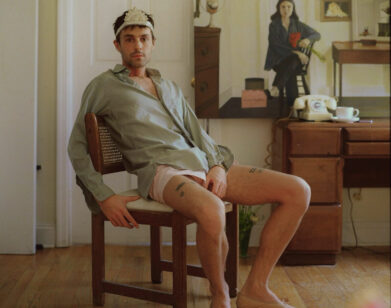In the Garden of Frida Kahlo
When it comes to Frida Kahlo, most think of her surreal self-portraits, Mexico, or her tumultuous marriage to Diego Rivera; the crowns of flowers, thickets of leaves, and other fauna that saturate her paintings are downplayed as ornamental. The plants Kahlo entwined within compositions, however, were often intended as profound, deeply meaningful motifs. Seeking to illustrate this, a major new exhibition at the New York Botanical Garden has on display her paintings and works on paper, while in a nearby greenhouse the plants that surrounded her in Mexico flourish among cobalt blue walls, the defining feature of Casa Azul, the artist’s home in Mexico City.
Nearly all previous exhibitions on Kahlo have been biographical, making this the first to explore her relationship with and intimate knowledge of the natural environment around her. The angle helped gain interest from the start. “Kahlo is a world-renowned artist who is always in high demand, so curators are quite accustomed to people asking if they can borrow Kahlo’s paintings,” explains Todd Forrest, the vice president of horticulture living collections at the NYBG. “But they hadn’t heard our perspective, because what we try to do is shed new light onto well-known, celebrated cultural icons that reveals their connections to plants and nature.” (The NYBG has previously put on similarly structured shows on Emily Dickinson, Charles Darwin, and Claude Monet, among others.)
This approach also intrigued Adriana Zavala, a professor at Tufts and an expert in Mexican art and gender studies, who helped guide the overall aethetics of the show and curated the visual art portion. “Because they’re not a conventional museum, I didn’t know what our prospects would be in terms of convincing institutions and lenders,” recalls Zavala. “It was extraordinary because as soon as we explained to people what it was we were doing, they were immediately won over. There was never any resistance to the concept.”
Zavala was able to obtain works that are rarely on public display, such as Sun and Life (1947) and Self-Portrait Inside a Sunflower (1954), which are both held in private collections. Through studying certain overlooked works, she began to realize the extent of Kahlo’s understanding of plant life. In one drawing, The Dream (1932), “there’s a little detail to one side that I would never have noticed [had it not been for this project]: It’s actually the first stages of the germination of a seedling, very carefully rendered…I have a garden, but I don’t pay attention to seed germination,” she says. “So that, to me, shows that Kahlo was looking at that level of detail.” Another prominent theme in the works on display is Kahlo’s tendency to blur human and plant life. In one painting, she depicts the California horticulturist Luther Burbank as part of a tree; in Sun and Life the stamens of flowers appear to morph into human fetuses.
Even Forrest was impressed with Kahlo’s insight. “As gardeners and plant people, we’re familiar with plants, but we don’t expect other people around us are so much, and they generally don’t disappoint us with their lack of knowledge,” he says. “[We were surprised] how familiar she was with the plants that were around her…She’s looking at the plants with an artist’s eye, but it was almost a natural historian’s eye. She was somebody who was interested in getting the details right.”
“FRIDA KAHLO: ART, GARDEN, LIFE” WILL BE ON VIEW AT THE NEW YORK BOTANICAL GARDEN THROUGH NOVEMBER 1, 2015.

